Riquet1963
Freshman Member
Offline
Hello everybody
This is my first post in this forum!
I live in france and I have one Healey 3000 MK2 from 10 month
I need to change the dashboard because the previous owner had cut it to place a radio!
For that i need to remove "oil / temperature gauge"and remove the sensor located on the engine.
It's my problem and I have two questions
1: Have you one or more trick to remove this nut !
2: The sensor it's in contact with a water directly or in the cavity in the cylinder head?
See pictures
Many thanks in advance
Eric G
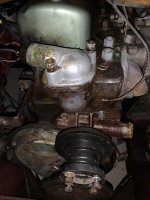
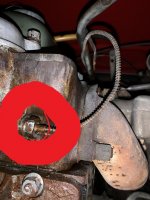
This is my first post in this forum!
I live in france and I have one Healey 3000 MK2 from 10 month
I need to change the dashboard because the previous owner had cut it to place a radio!
For that i need to remove "oil / temperature gauge"and remove the sensor located on the engine.
It's my problem and I have two questions
1: Have you one or more trick to remove this nut !
2: The sensor it's in contact with a water directly or in the cavity in the cylinder head?
See pictures
Many thanks in advance
Eric G



 Hi Guest!
Hi Guest!

 smilie in place of the real @
smilie in place of the real @
 Pretty Please - add it to our Events forum(s) and add to the calendar! >>
Pretty Please - add it to our Events forum(s) and add to the calendar! >> 
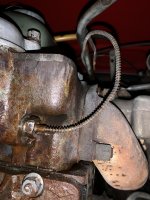
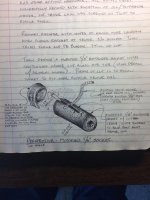
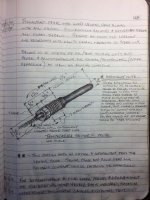
![2019-12-14 09-01-53 [1280x768].jpeg 2019-12-14 09-01-53 [1280x768].jpeg](https://www.britishcarforum.com/community/data/attachments/46/46505-84f4b842da1466ed5b3540d05288dc13.jpg)